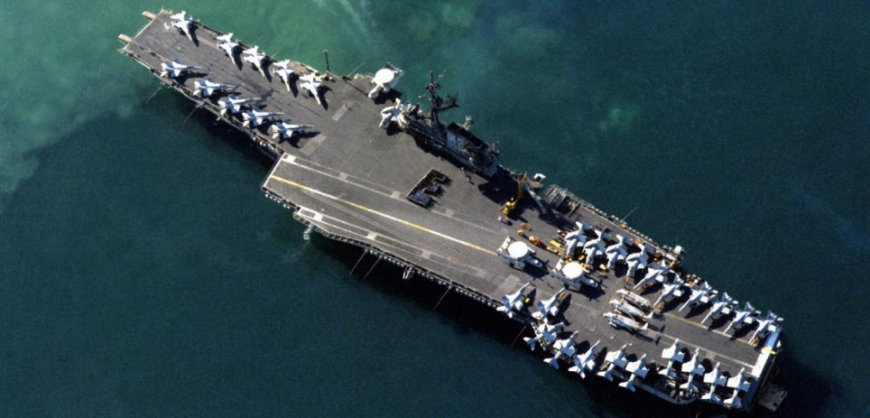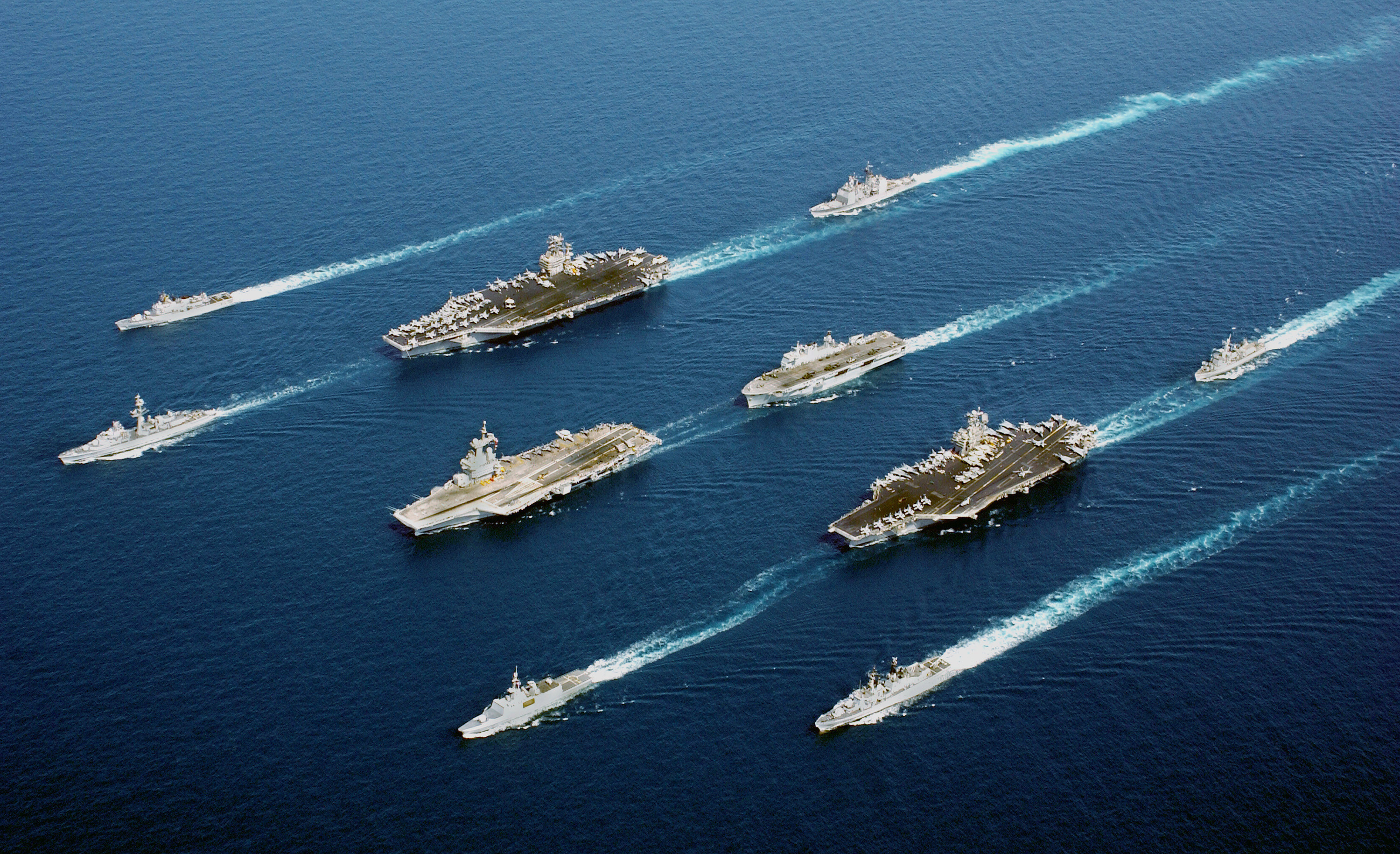Why it never happened: The Navy came to the conclusion that if the country was going to get its money’s worth from the four battleships, the vessels had to concentrate on their unique abilities: firing massive artillery shells at the enemy.
In the early 1980s, four Iowa-class fast battleships originally built during World War II—Iowa, Missouri, New Jersey and Wisconsin—were taken out of mothballs and returned to active duty.
Nearly 900 feet long and displacing close to 60,000 tons, the battlewagons could fire a nine-gun broadside sending 18 tons of steel and explosives hurtling towards their targets.
The battleships were modernized to include cruise missiles, ship-killing missiles and Phalanx point-defense guns. Returned to the fleet, the ships saw action off the coasts of Lebanon and Iraq. At the end of the Cold War the battleships were retired again. All were slated to become museums.
Few knew, however, that returning the battleships to service in the ’80s had been only part of the plan. The second, more ambitious phase was a radical redesign of the massive warships that would have combined the attributes of battleships and aircraft carriers.
The resulting ship, a “battlecarrier,” was merely one of many schemes over the span of 30 years to modernize the most powerful American battleships ever built. The various proposals —all of them nixed— had the World War II-era ships carrying hundreds of U.S. Marines or launching Harrier jump jets or even firing atomic projectiles.
Read more: national interest





































